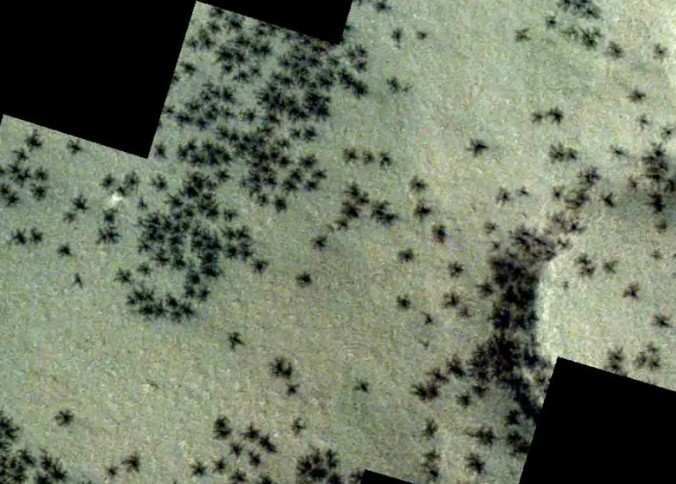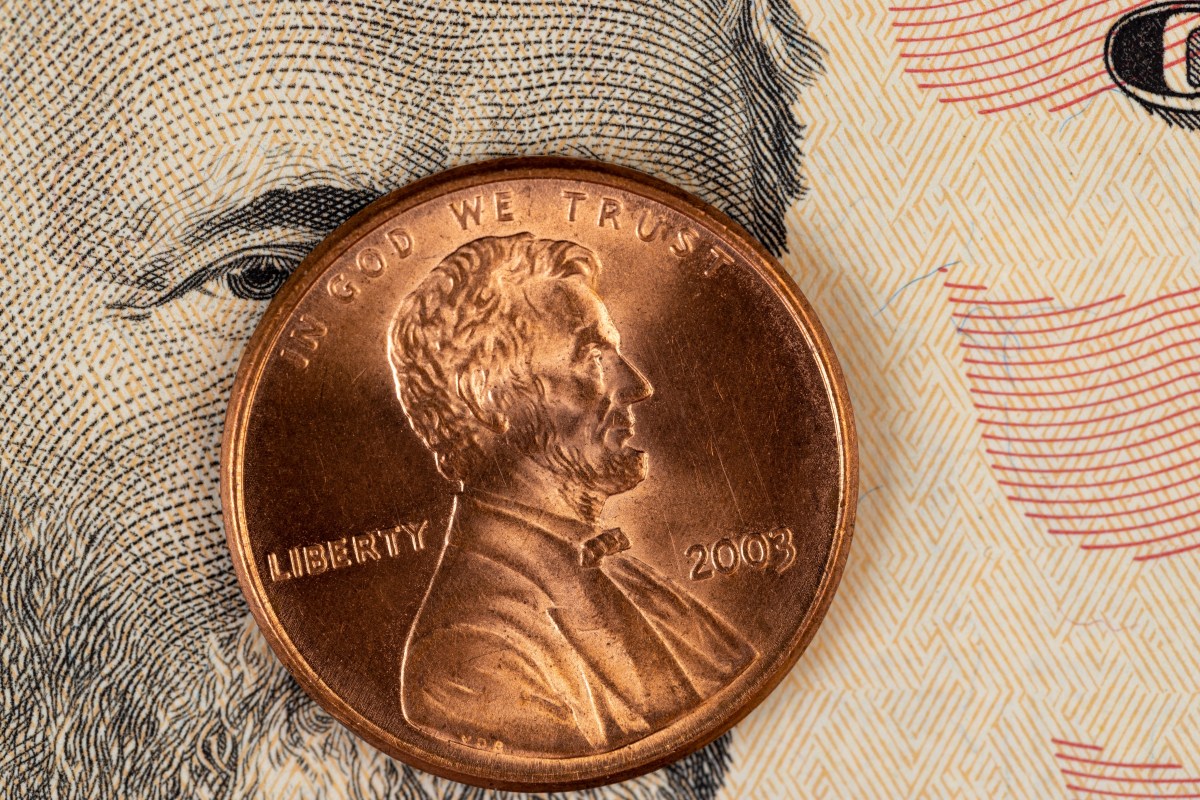(CNN) – A new space image shows two entangled galaxies that will eventually merge into one in millions of years, and predicts the ultimate fate of our Milky Way.
The Gemini North Telescope, located atop Maunakea in Hawaii, has detected interacting spiral galaxies about 60 million light-years away in the constellation Virgo.
The pair of galaxies, NGC 4567 and NGC 4568, also known as the butterfly galaxies, have just begun to collide as gravity brings them closer together.
This image from the Gemini North Telescope in Hawaii reveals a pair of spiral galaxies, NGC 4568 (bottom) and NGC 4567 (top), at the point where they begin to collide and merge. Galaxies will eventually form one elliptical galaxy in about 500 million years.
Within 500 million years, the two cosmic systems will complete their merger to form a single elliptical galaxy.
At this early stage, the centers of the two galaxies are currently 20,000 light-years apart, and each galaxy has maintained a pinwheel shape. When galaxies intertwine, gravitational forces will trigger multiple events of intense star formation. The original structures of the galaxies will change and become distorted.
Over time, they will dance around each other in smaller and smaller circles. This looping dance will pull and stream long streams of gas and stars, blending the two galaxies into something resembling a ball.
Over millions of years, this galactic entanglement will consume or disperse the gas and dust needed to spur star birth, causing star formation to slow and eventually stop.
Observations of other galaxy collisions and computational models have provided astronomers with further evidence that spiral galaxy mergers create elliptical galaxies.
Once the pairs come together, the resulting formation may be more similar to the elliptical galaxy Messier 89, also in the constellation Virgo. Once Messier 89 lost most of the gas needed for star formation, very little star birth occurred. Now the galaxy is home to ancient stars and ancient clusters.
The afterglow of the supernova, first discovered in 2020, also appears in the new image as a bright spot in one of the spiral arms of NGC 4568.
Milky Way merger
A similar galactic merger will occur when the Milky Way ends colliding with the Andromeda galaxy, Our biggest and closest neighbor in the galaxy. NASA astronomers used Hubble data from 2012 to predict time A frontal collision can occur Between the two spiral galaxies. It is estimated that the event will occur within about 4,000 to 5,000 million years.
Currently, a massive halo surrounding the Andromeda galaxy is collides with the halo of the Milky Way, according to research based on data from the Hubble Space Telescope, published in 2020.
Andromeda’s halo, a large envelope of gas, extends 1.3 million light-years from the galaxy, about halfway to the Milky Way, and up to two million light-years away in other directions.
This neighbor may contain up to 1 trillion stars, is roughly the size of our large galaxy, and is only 2.5 million light-years away. This may seem incredibly far away, but on an astronomical scale, this makes Andromeda so close that it can be seen in our sky during the fall. You can see it high in the autumn sky as a patch of cigar-shaped diffused light.
And if we could see the huge halo of Andromeda, which is not visible to the naked eye, it would be three times the width of the constellation Ursa Major, which dwarfs anything else in our sky.
NASA scientists said that it is unlikely that our solar system will be destroyed when the Milky Way galaxy merges with Andromeda, but the Sun may end up in a new region of the galaxy, and Earth’s night sky may contain some Amazing new views.

“Proud web fanatic. Subtly charming twitter geek. Reader. Internet trailblazer. Music buff.”

:quality(70):focal(917x454:927x464)/cloudfront-us-east-1.images.arcpublishing.com/elfinanciero/IK6YWCPEYFBRRFEKOPGFRQXC54.jpg)





More Stories
ESA captures mysterious spider shapes on Mars
How can you record your video calls on WhatsApp? This is how it's done on Android – Teach Me About Science
Retro Nintendo games are coming to iPhone: how to install them